Six common museum objects that can cause death!

 Six common museum objects that can cause death!
Six common museum objects that can cause death!
1) Arsenic dress!
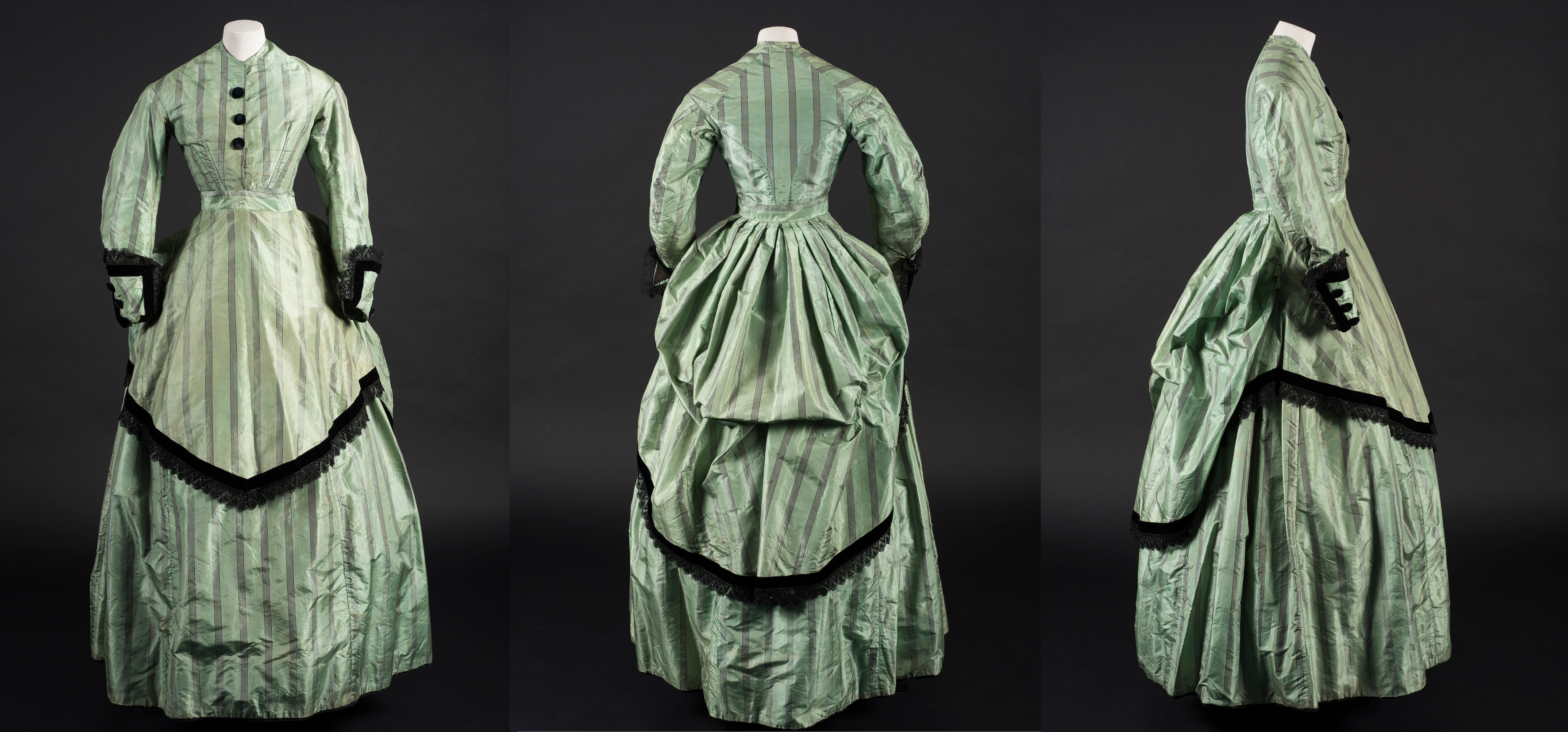
Do not lick the dress! It’s a common rule that we shouldn’t put museum objects in our mouths, but it goes double for this green gown made between 1870 and 1872. Arsenic was used as a colour enhancer in certain dyes. It isn’t so dangerous to the person wearing the dress, but arsenic caused the illness and death of many low-paid workers in the garment and millinery industries of Victorian England.
2) Mercury Hats!
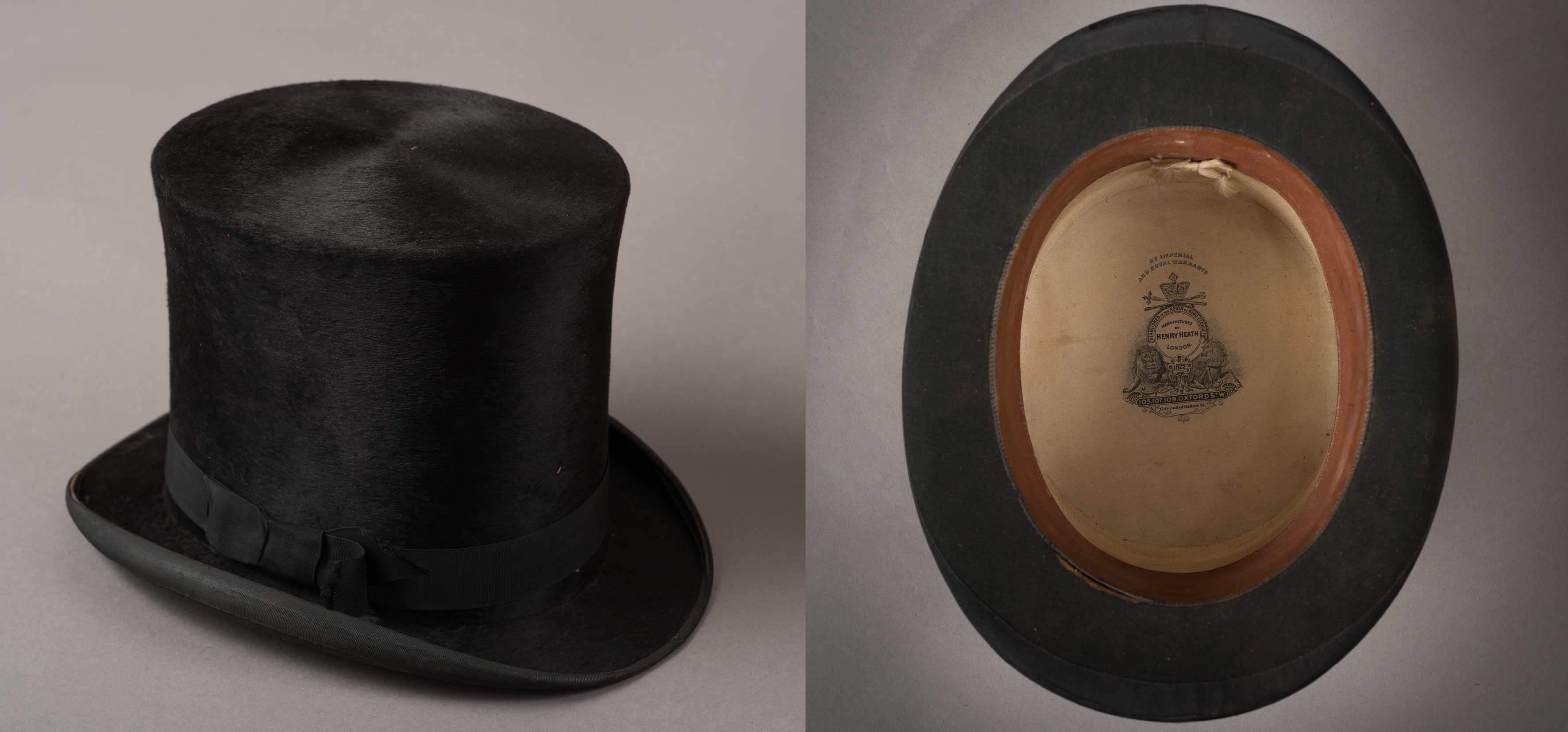
Hats could also be dangerous. Mercury was often used in the preparation of furs to make hats. The hatter breathed in the fumes, which gradually poisoned them. Mercury can cause severe neurological damage and even death, and gave rise to the phrase ‘mad as a hatter’.
3) Flammable Crinoline!
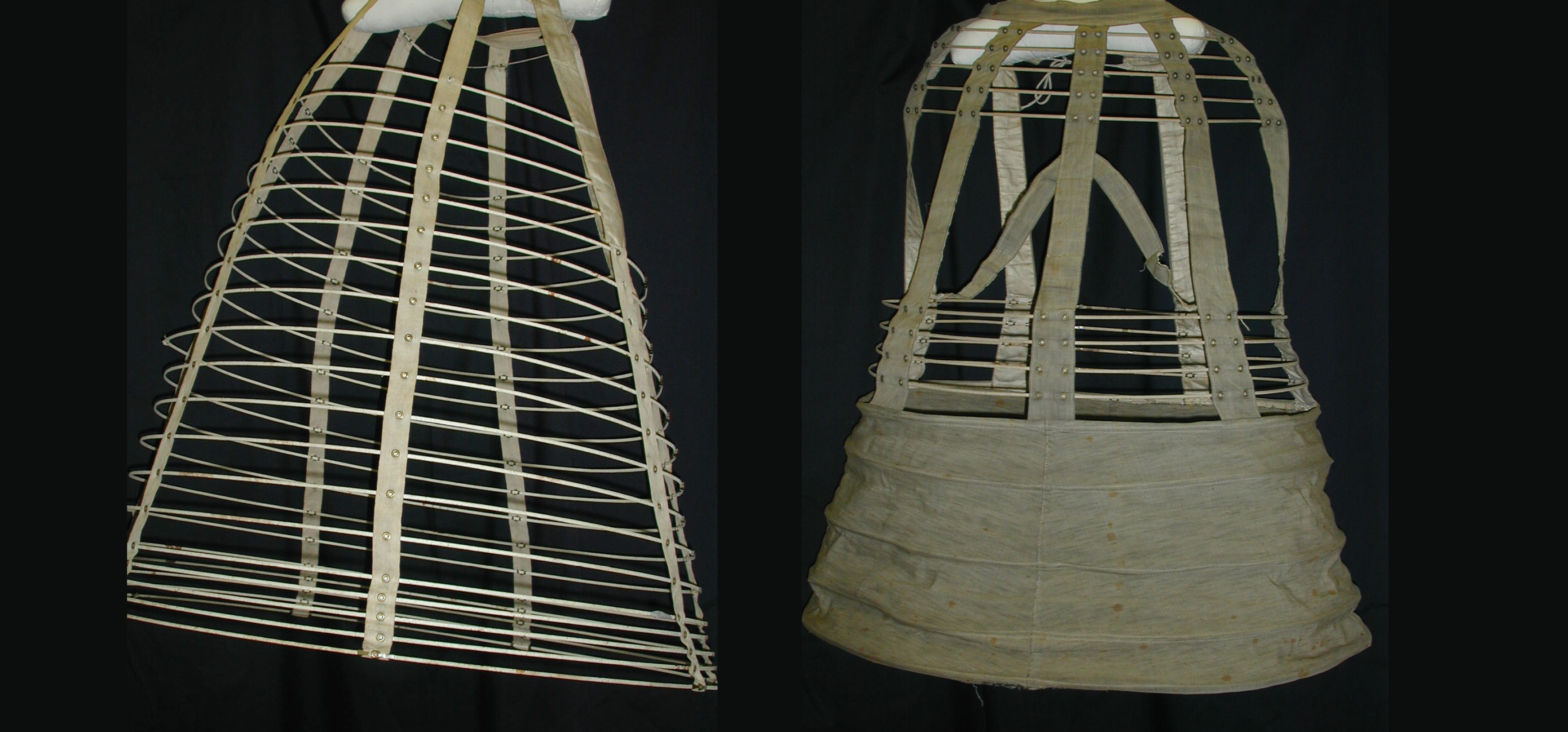
But how could a crinoline be dangerous, you ask? In houses with open fires, gas lamps and candles, large skirts can catch fire without the wearer noticing. Many people were injured and some even died because their clothing caught fire.
4) Arsenic Animals!
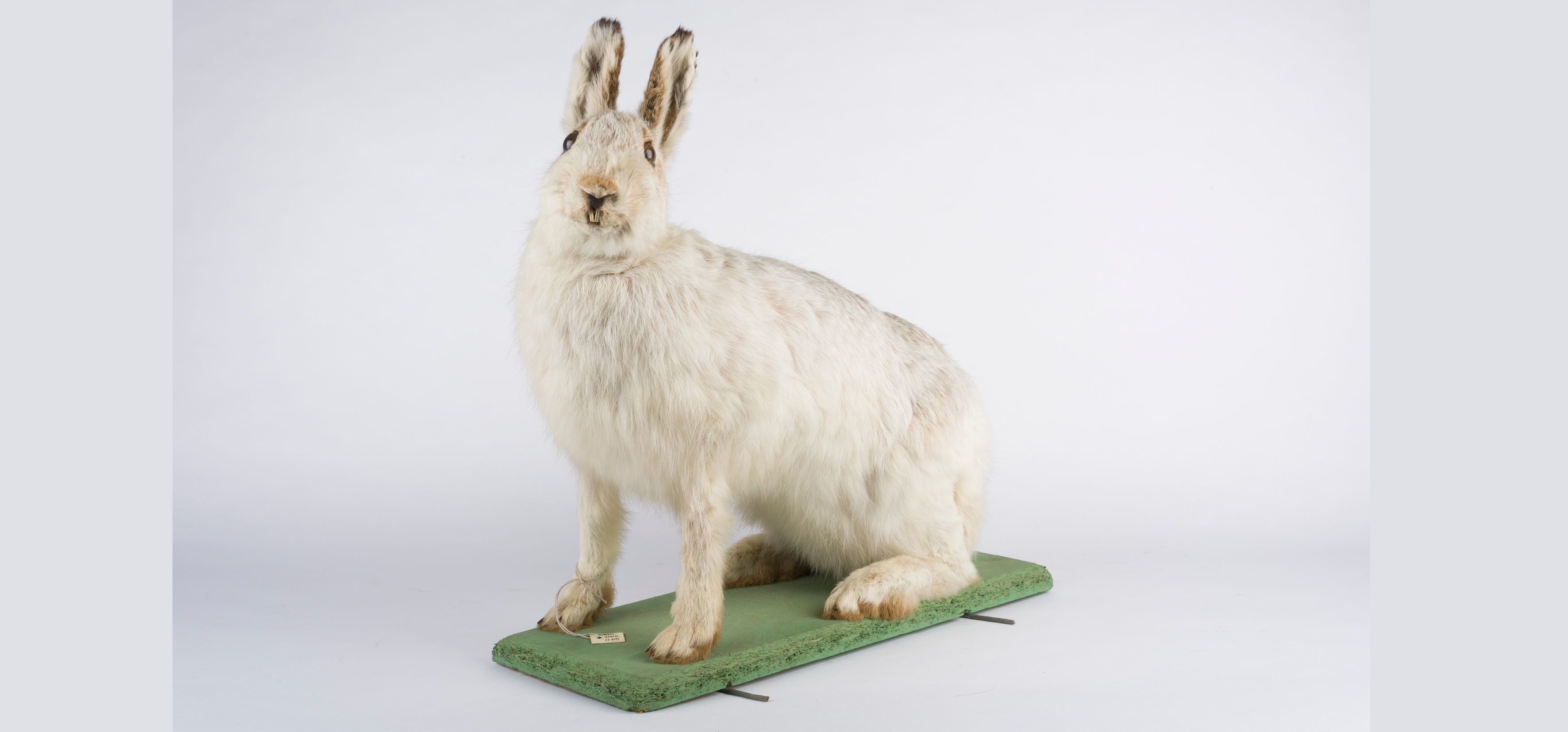
People have always collected and preserved plants and animals. Methods vary depending on what the specimen is, and what it is intended for. By Victorian times it had certainly been noticed that it wasn’t always easy to keep specimens in good condition, not least because of insects that found an easy source of food in the skin, fur, feathers and leaves and would happily destroy whole collections very quickly. The solution at the time was essentially to make the specimens poisonous to the insects. Animal skins were rubbed inside with arsenic soap, and herbarium sheets were dipped or painted with mercuric chloride. Obviously these substances are poisonous to humans too, but these practices continued in some cases into the 1980s and beyond. It’s best to handle any taxidermy or plant specimens as if they have been treated with poisonous substances, because although the surviving levels may be negligible, it’s very difficult to tell. Don’t stroke stuffed animals unless you know where they’ve been!
5) Poisonous Insects
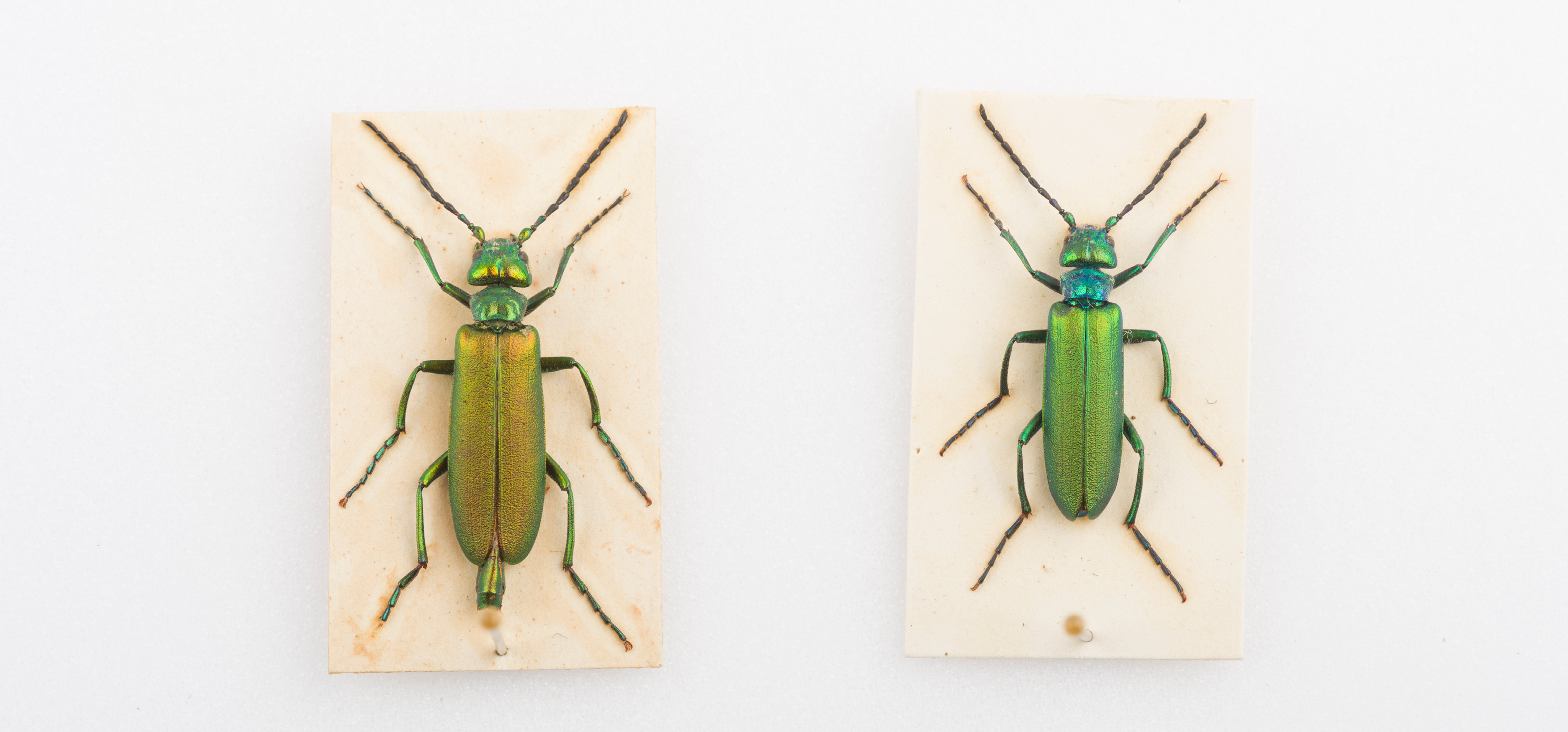
The Spanish fly is a kind of blister beetle, famed for its natural production of the poisonous chemical cantharidin. The beetles secrete the chemical from their mouths and leg joints if threatened. Cantharidin causes blistering and bleeding of the skin and if ingested could lead to serious gastro-intestinal problems that could even result in death! George Washington is thought to have been treated for epiglottis with Spanish fly – it probably didn’t help.
6) Lead Makeup!
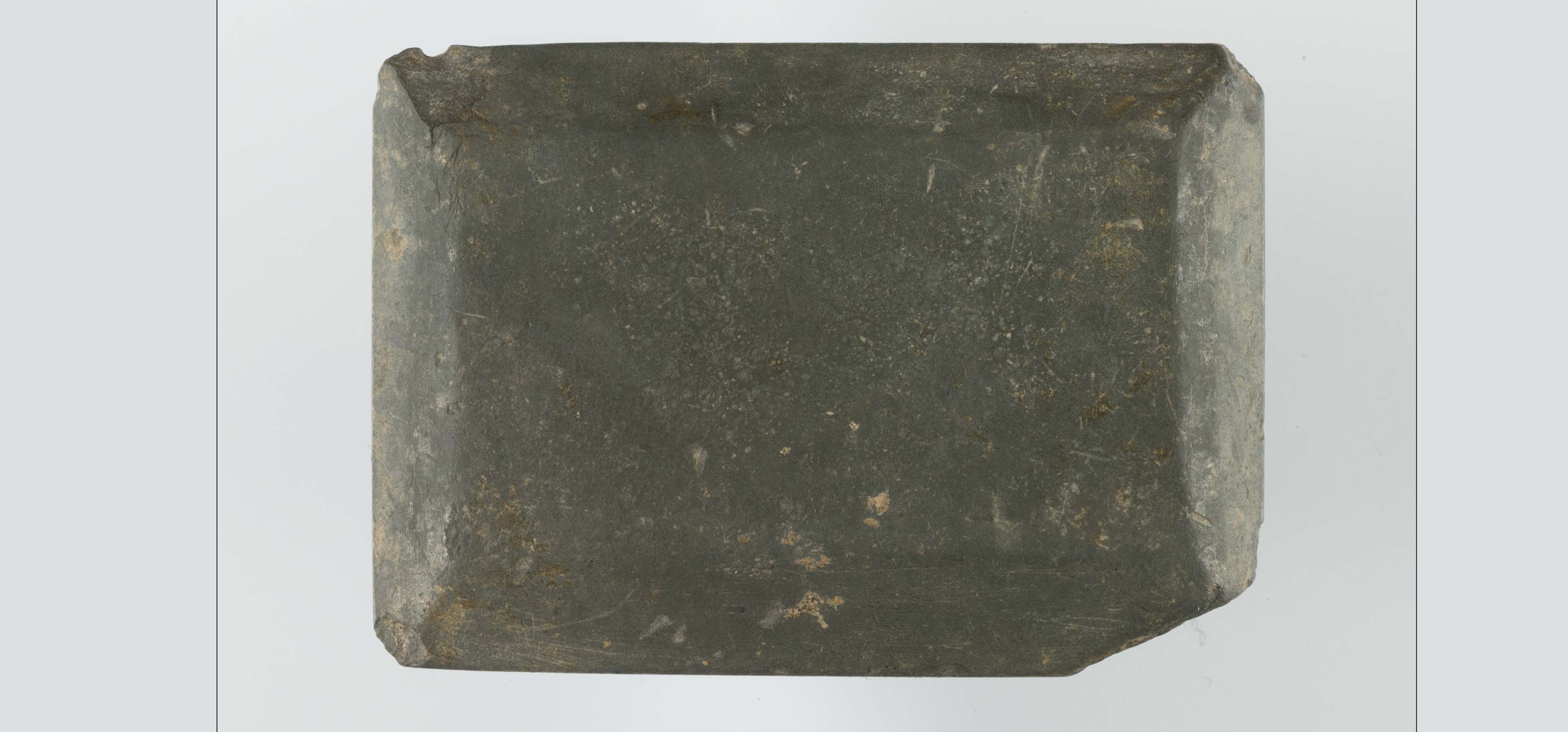
For elite Roman women pale skin was in fashion, showing youth and purity and, most importantly, that rich ladies didn’t need to work outside in the sun! What was the best way to achieve a snow-white complexion? A thick layer of white lead paste applied to the face regularly. Over time this lead would cause the skin to discolour and wrinkle, but this could just be covered up with more lead makeup! The worse side-effect was the slow poisoning of the wearer, causing their hair to fall out, their teeth to rot, and permanent lung damage. This deadly makeup ingredient was ground up on stone cosmetic palettes like this one, and mixed into a poisonous cosmetic lotion. Because you’re worth it!

Latest News
- From the Factory Floor: York Castle Museum launches appeal for information about the confectionery community in the city
- York Museums Trust launch Creative Conversation Box Loan Scheme to support people with memory loss and social isolation
- Summer at York Castle Museum 2025
- Finding nature in the heart of urban York: York Museum Gardens wildflower meadow is back.
- Exclusive Harland Miller merchandise now available to buy through York Art Gallery’s new online shop

